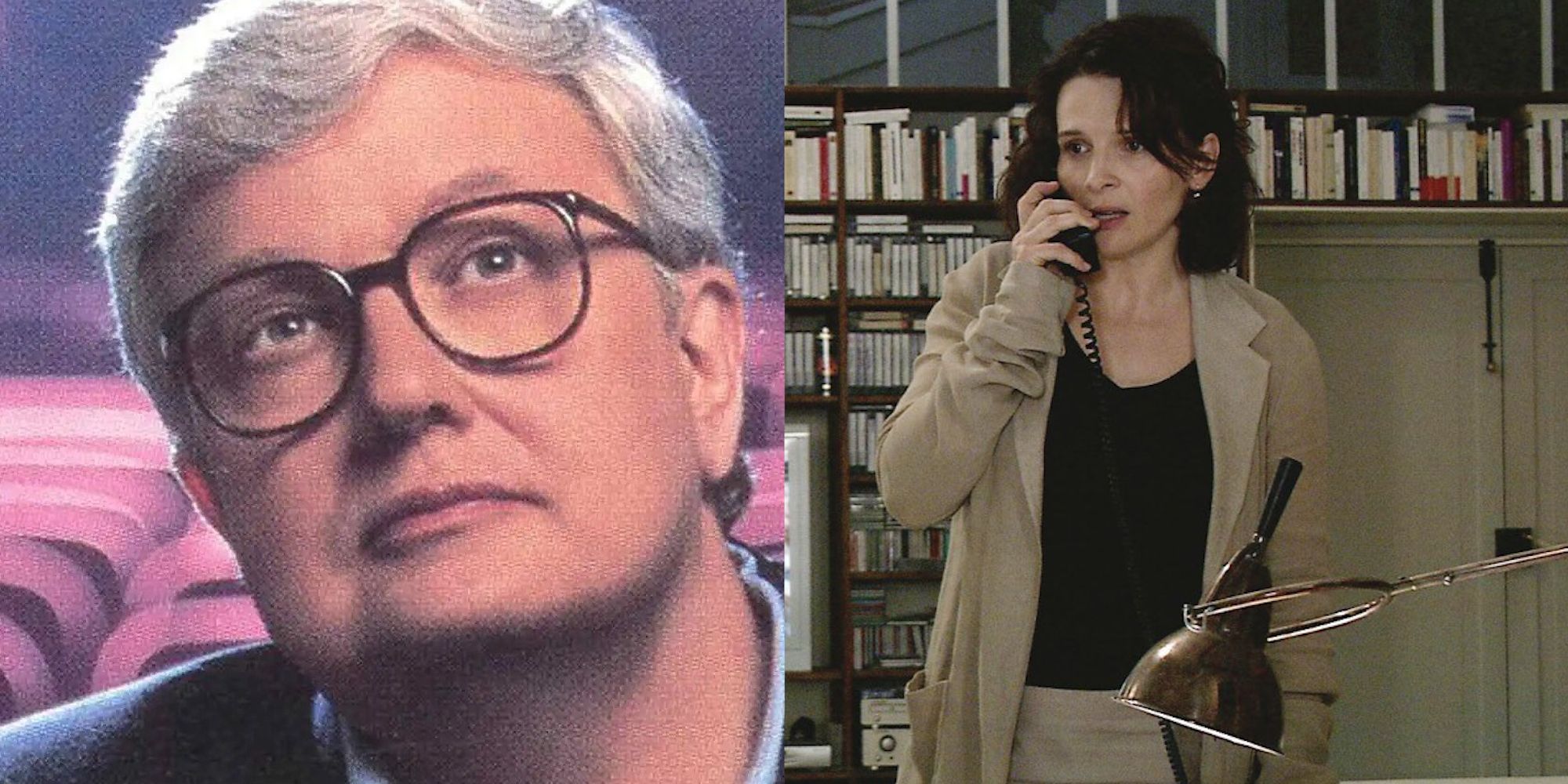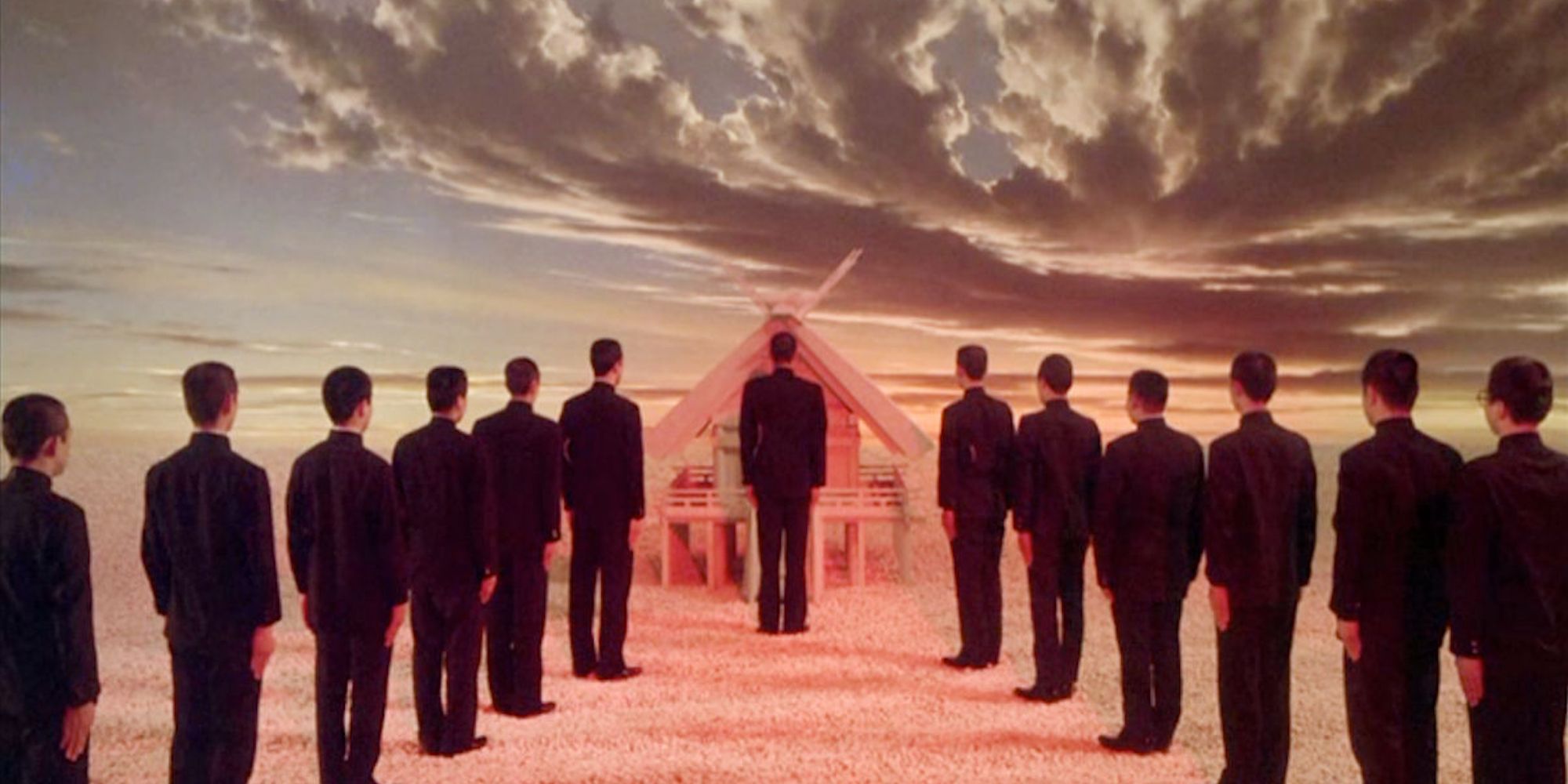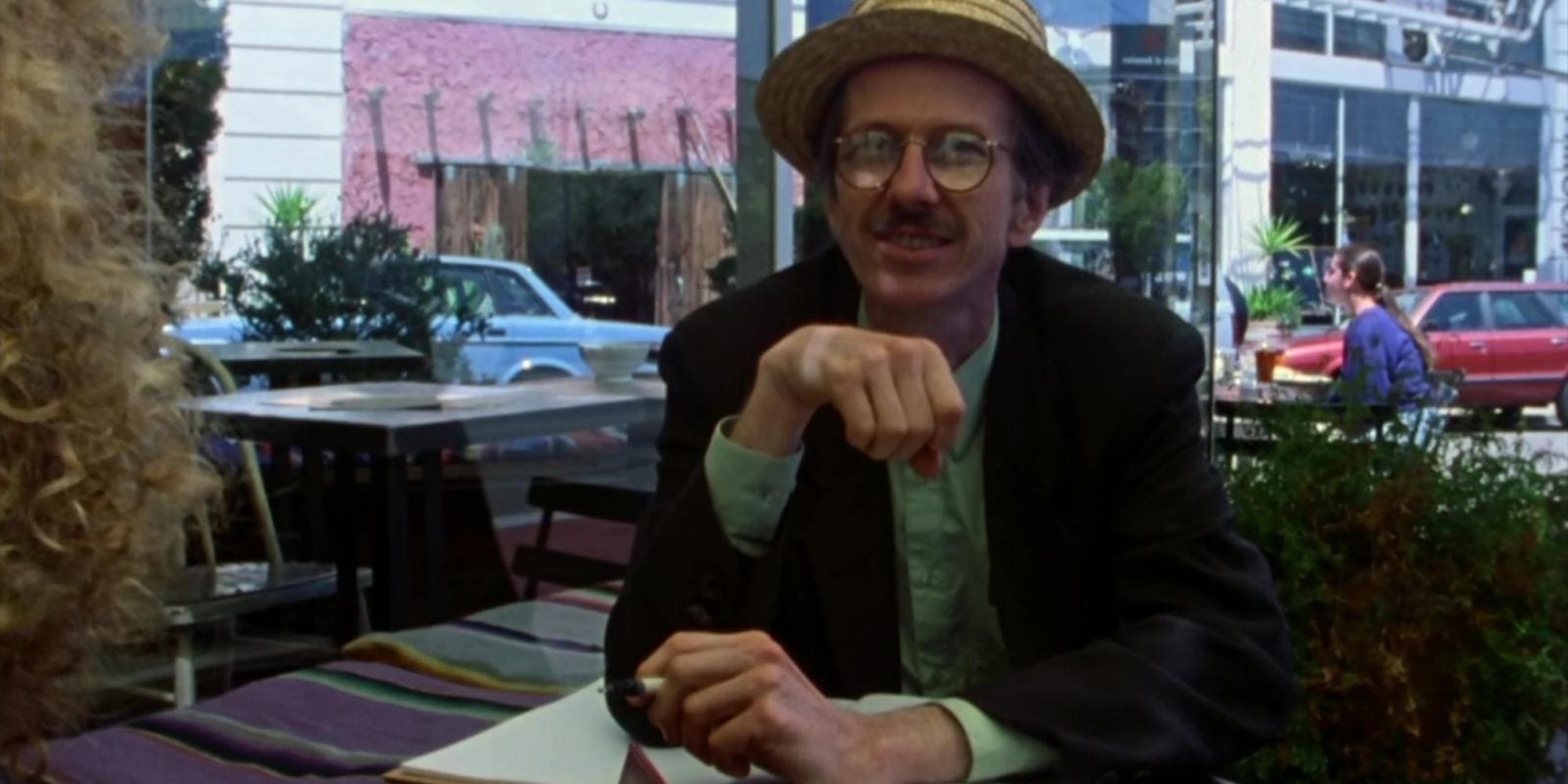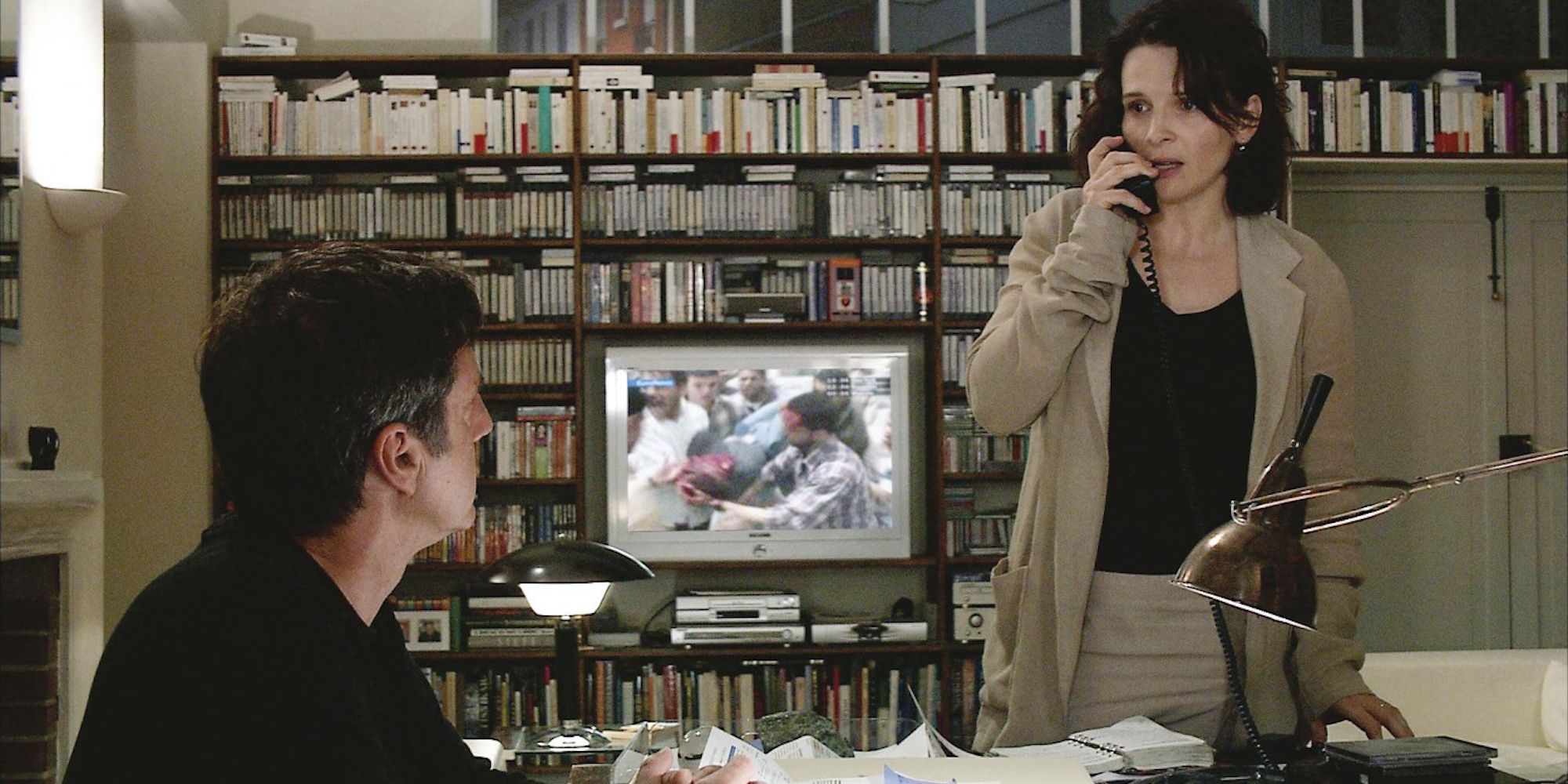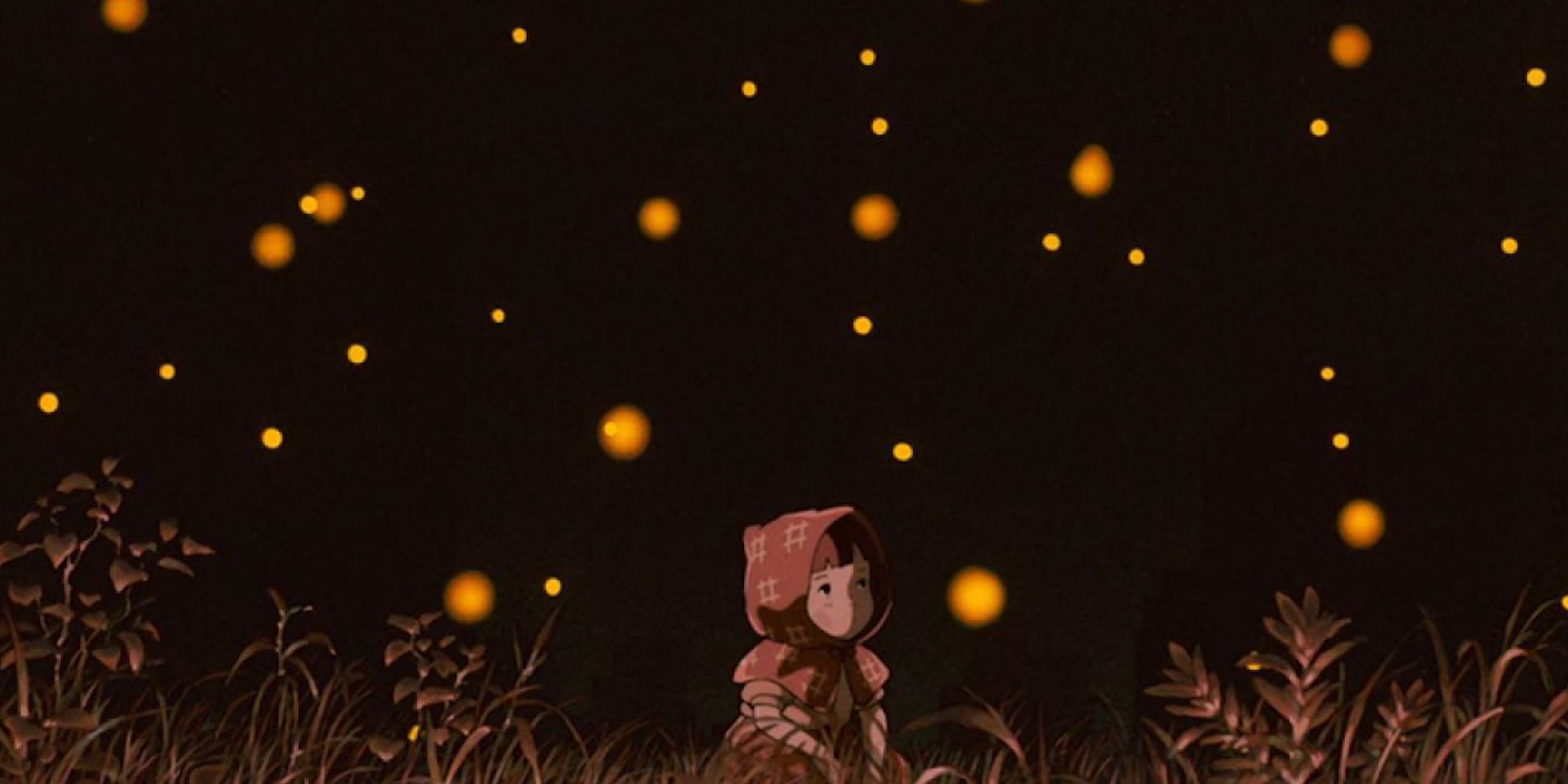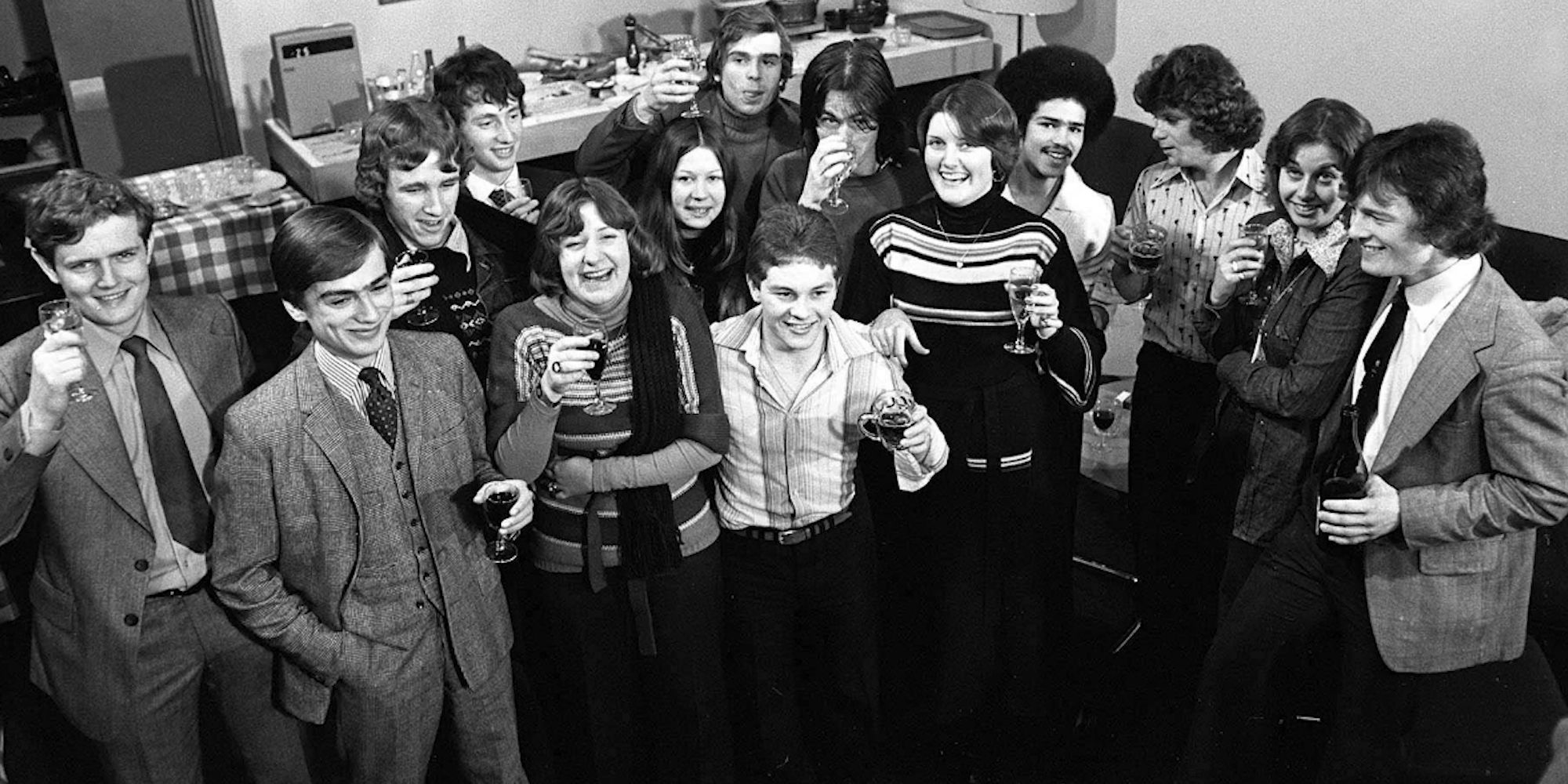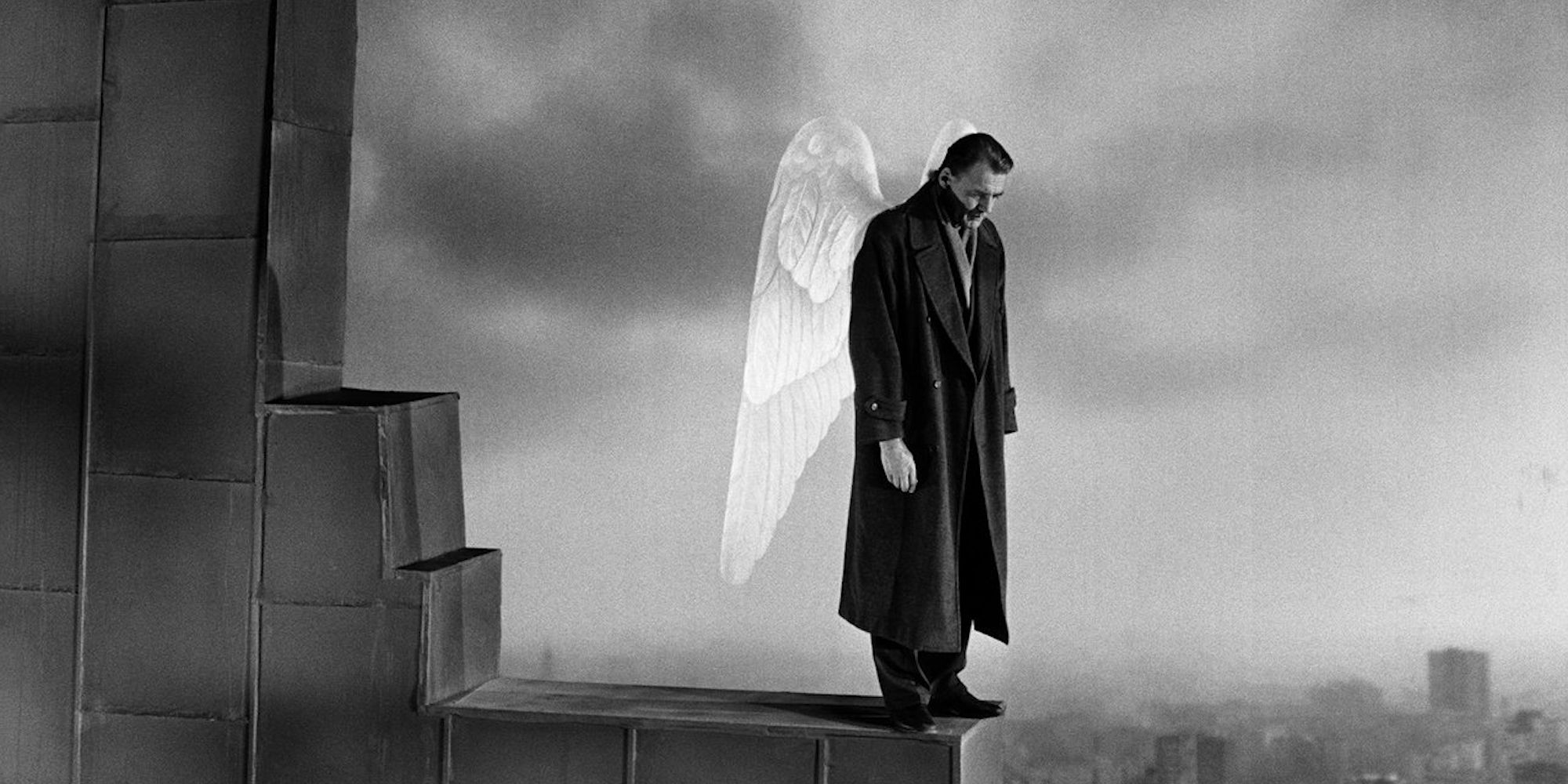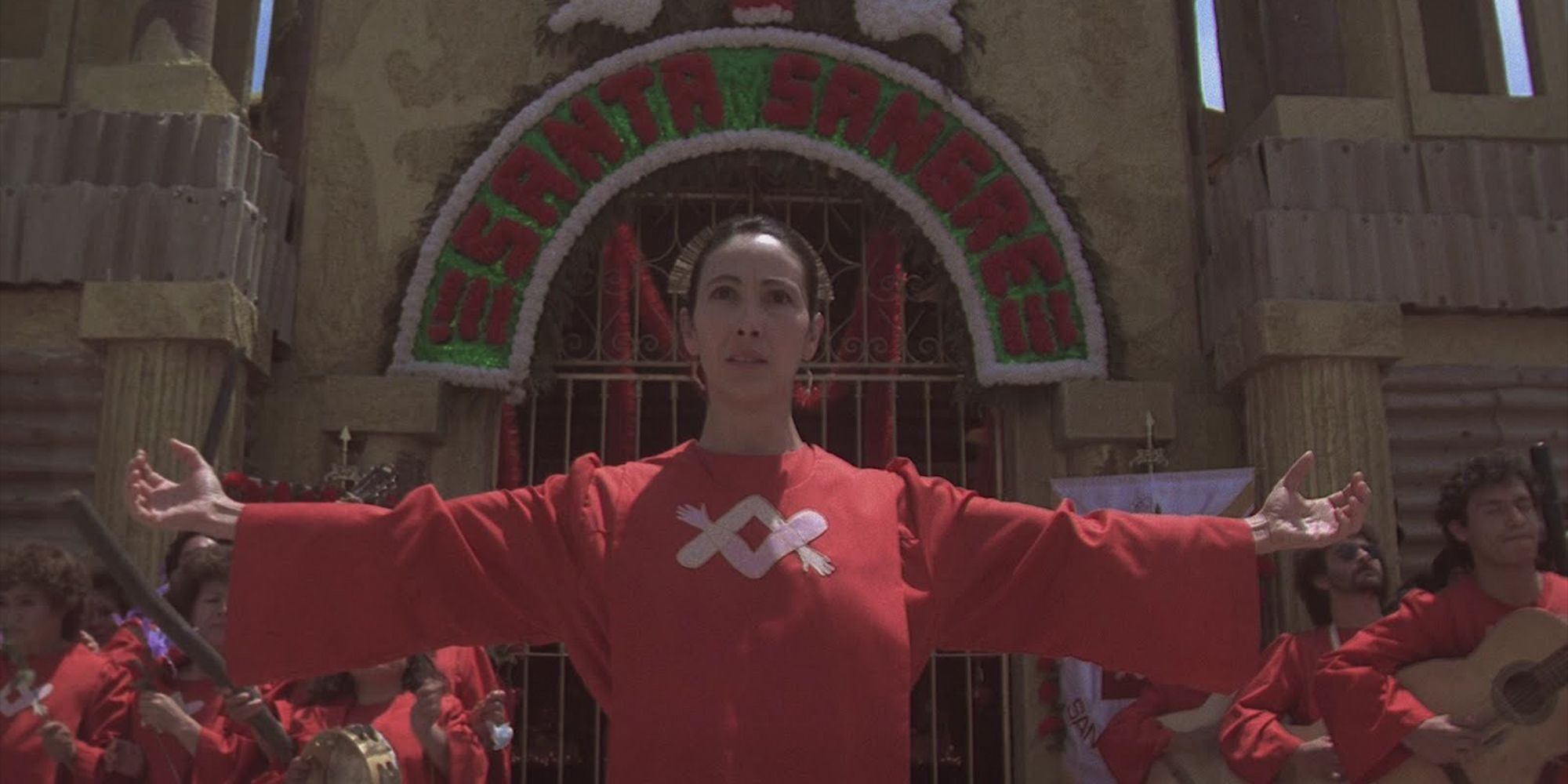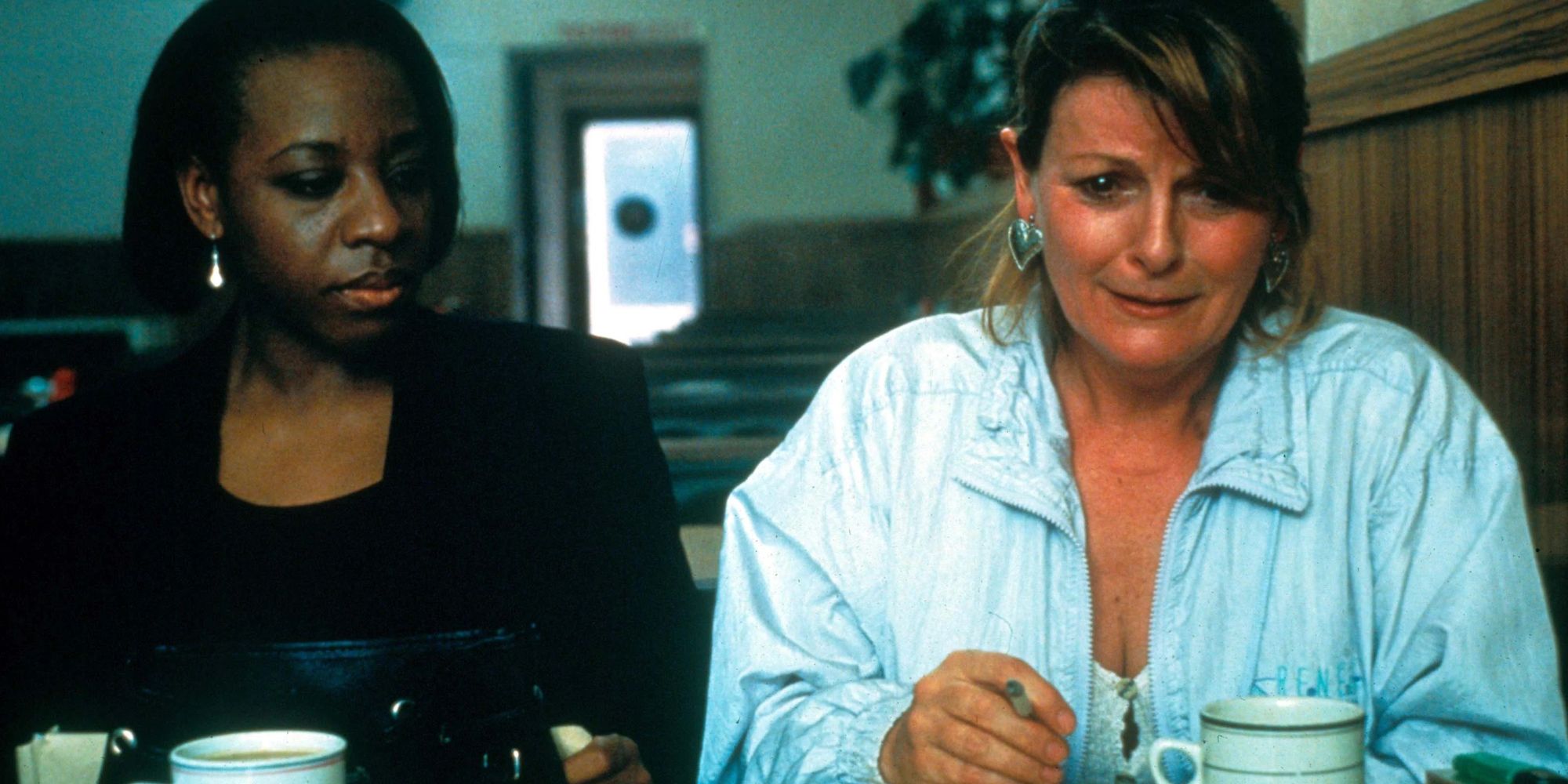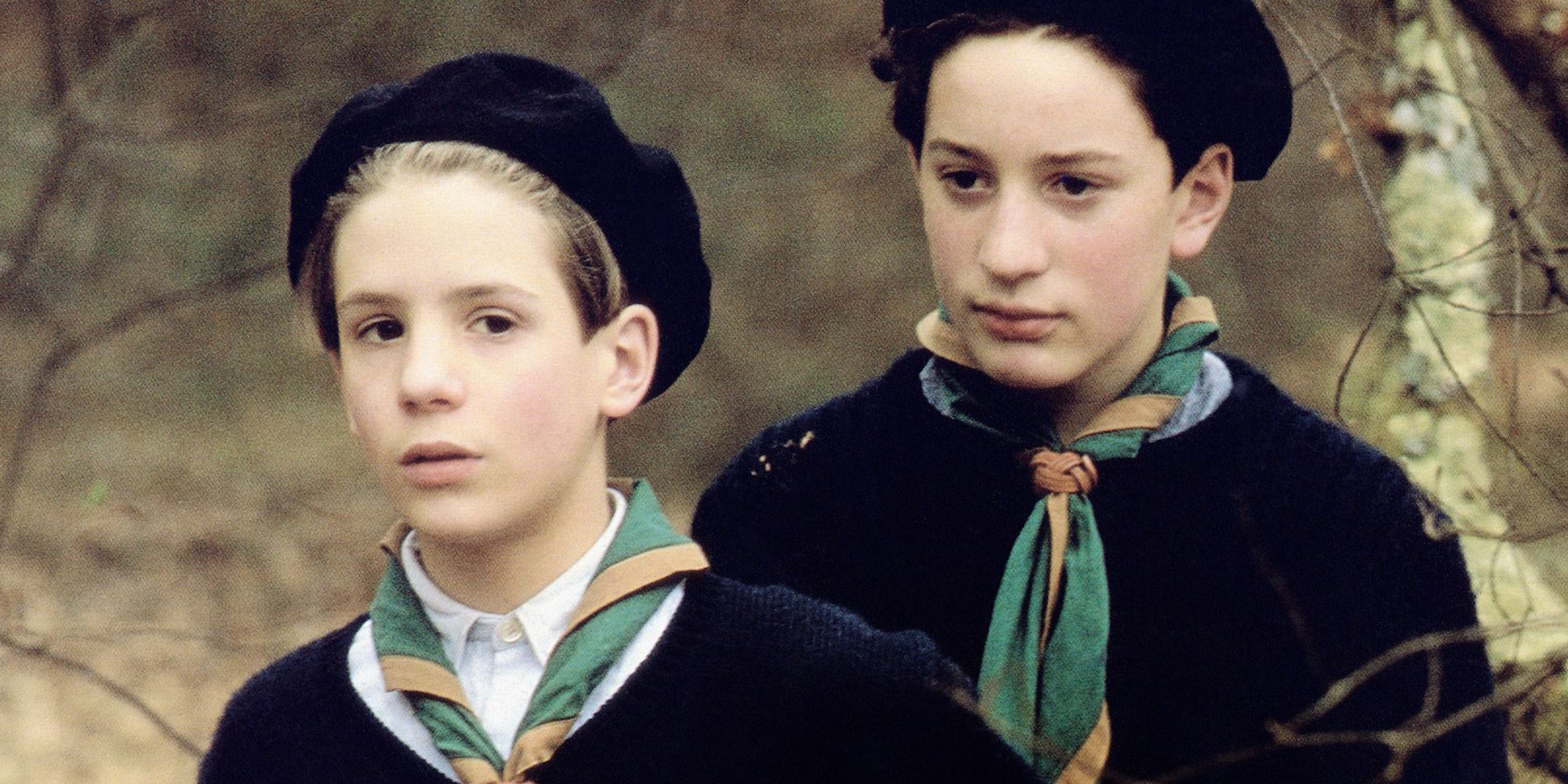Roger Ebert was one of the most influential film critics of the 20th century and the first to win the Pulitzer Prize. His reviews radiate a love of film and life, which he retained to the end, even as he battled thyroid cancer. After he passed away in 2013, the outpouring of affection for Ebert was unlike any accorded to a movie reviewer before. Robert Redford called him “one of the great champions of freedom of artistic expression,” while Barack Obama simply said, “Roger was the movies.”
Over his career, Ebert published thousands of reviews. He famously compiled a list of movies he considered the greatest, including classics and obscure gems. His list is worth exploring in its entirety, but for those in a rush, here are a few of the best picks that many viewers may not yet have seen.
‘Mishima: A Life in Four Chapters’ (1985)
This drama, directed by Paul Schrader, dramatizes the life of one of the most influential Japanese writers of the 20th century. Yukio Mishima was born in 1925 and lived through a period of upheaval in his homeland. He experienced World War II as a teenager, including Japan’s defeat by the American forces. For Mishima, this was not simply a military defeat but a cultural one. He despised the post-war political order and mass consumer culture.
As a young man, Mishima published several acclaimed novels which expressed his feelings of disconnection from modern Japan. Later in his life, he became increasingly radical and politically active, eventually forming a paramilitary group. Ultimately, this culminated in a misguided attempt to hold a military official hostage. Mishima remains a controversial figure in Japan, and Schrader’s film brings his fascinating story to life.
‘Crumb’ (1995)
Meet Robert Crumb, an influential and irreverent underground cartoonist. This documentary chronicles his development as an artist and his cynical attitudes toward modern American life. But most fascinating is how the film delves into Crumb’s bleak childhood.
The film reveals how Crumb and his siblings suffered under their authoritarian father. Two of his brothers later developed severe psychological problems and met tragic ends. Fundamentally, Crumb seeks to explain why the cartoonist turned out the way he did. In the process, it crafts a compelling character study.
‘Dekalog’ (1989)
Dekalog is a ten-part series of Polish drama films, each an hour long and inspired by one of the Ten Commandments. All of them revolve around characters living in an apartment building in 1980s Poland as they confront various ethical dilemmas. However, Dekalog is not overtly religious. It’s interested in morality in action instead of morality as an abstraction.
What could have been a dry and didactic series becomes a nuanced tale of moral choice, buoyed by excellent performances and an intelligent script. Ebert ranked it among his absolute favorites. Stanley Kubrick was also a fan of Dekalog, calling the series a “masterpiece.”
‘Caché’ (2005)
Daniel Auteuil and Juliette Binoche star in this psychological thriller from director Michael Haneke, perhaps most well-known for his Palme d’Or-winning film The White Ribbon. A middle-class couple receives anonymous tapes of themselves that appear to have been recorded by hidden surveillance cameras. The husband, Georges, tries to find the source of the tape recordings and embarks on a quest that forces him to confront his childhood.
Caché is a thoughtful exploration of issues around memory and collective guilt. It combines the tension of a Hollywood thriller with dramatic heft, not to mention killer performances from the leads. It’s great for fans of DavidFincher or Denis Villeneuve.
‘Grave of the Fireflies’ (1988)
This unflinching animated film follows two children attempting to survive in Kobe, Japan, during World War II. The war is nearing its final days. Firebombs char the landscape, and society is on the verge of collapse. In contrast to the devastating narrative, the visuals are gorgeous and striking. It might be the most aesthetically pleasing Studio Ghibli film, and that’s a high bar to clear.
The animation keeps the film from becoming too violent or heavy. It gives the viewer space to focus on the characters. If anything, this makes the film even more heartbreaking. Grave of the Fireflies was critically acclaimed, but many Western viewers may not have seen it yet.
The ‘Up’ Docuseries (1964-)
1964’s Seven Up! looked at the lives of fourteen British children; ten boys and four girls. The filmmakers then checked in on the kids every seven years for a follow-up film. Nine films in the series have been made, spanning 56 years, with the most recent entry premiering in 2019. The result is among the most detailed, intimate portraits of real-life ever filmed.
The first film was conceived as an exploration of class in the UK. But as the films progressed, they became less political and more personal. They include in-depth interviews with participants regarding their work, family, relationships, and spiritual views. Ebert listed the Up documentaries among his ten favorite movies of all time, calling them “an inspired, even noble, use of the film medium.”
‘Wings of Desire’ (1987)
This fantasy film from German director Wim Wenders puts a unique spin on the ‘fallen angel’ concept. Set in Berlin in the years before the fall of the Berlin Wall, it follows several angels who watch over the city’s inhabitants, although they are powerless to influence events. One of these angels (Bruno Ganz) falls in love with a human (Solveig Dommartin) and chooses to become mortal to be with her.
Wings of Desire is a slow-paced, thoughtful film, more like a poem than a conventional narrative. It served as the basis for an American remake, City of Angels, starring Nicolas Cage and Meg Ryan. But the original is more impactful, maybe because Bruno Ganz is so good in the lead role. Wings of Desire received rave reviews on release and continues to be held in high regard.
‘Santa Sangre’ (1989)
Santa Sangre (Spanish for “holy blood”) is a phantasmagoric horror from cult director Alejandro Jodorowsky. It stars Jodorowsky’s son Axel as Fenix, a young man who was a magician in a circus as a child. Jodorowsky’s other son, Adán, plays the young Fenix in flashbacks. We learn that Fenix had a traumatic upbringing, witnessing all kinds of violence. Eventually, Fenix’s armless mother manipulates him into murdering several people. Santa Sangre tells the story of Fenix’s fight to reclaim control.
Jodorowsky is undoubtedly one of the most creative directors of the 20th century, and that is on display in Santa Sangre. He has an eye for striking images and genuinely unsettling plots. Ebert calledSanta Sangre one of the best horror movies ever made. It’s perfect for fans of gruesome horror films à la Lars von Trier.
‘Secrets & Lies’ (1996)
Secrets & Lies is a drama by veteran British director Mike Leigh. Like much of Leigh’s work, Secrets & Lies was improvised mainly by its ensemble cast and explores issues of class divides. It follows Hortense (Marianne Jean-Baptiste), a successful Black optometrist who was adopted as a baby and now seeks to find her birth family. To her surprise, Hortense discovers that her biological mother (Brenda Blethyn) is a working-class white woman from a dysfunctional background.
Mike Leigh’s movies’ strength is their realism. The plot is secondary; the focus is on seeing authentic characters grappling with everyday challenges. And the characters here are among the most well-drawn of any in Leigh’s filmography. Jean-Baptise and Blethyn are exceptional, as are supporting actors Timothy Spall, Phyllis Logan, and Lesley Manville.
‘Au revoir les enfants’ (1987)
Inspired by real events, this drama tells the story of a French priest and headmaster who sheltered several Jewish children during the Nazi occupation of France. The film evocatively recreates France under Nazi rule: German soldiers patrol the streets, citizens whisper their rage at the collaborationist government, but mostly life continues.
Most of the action takes place at a boarding school, where the children are more or less sheltered from the realities outside — until they aren’t. Interesting bit of trivia: Quentin Tarantino has said that the title of his first film was inspired by a customer at the video store where he worked who mispronounced Au revoir les enfants as “reservoir dogs.”
























































![Key Metrics for Social Media Marketing [Infographic] Key Metrics for Social Media Marketing [Infographic]](https://www.socialmediatoday.com/imgproxy/nP1lliSbrTbUmhFV6RdAz9qJZFvsstq3IG6orLUMMls/g:ce/rs:fit:770:435/bG9jYWw6Ly8vZGl2ZWltYWdlL3NvY2lhbF9tZWRpYV9yb2lfaW5vZ3JhcGhpYzIucG5n.webp)


